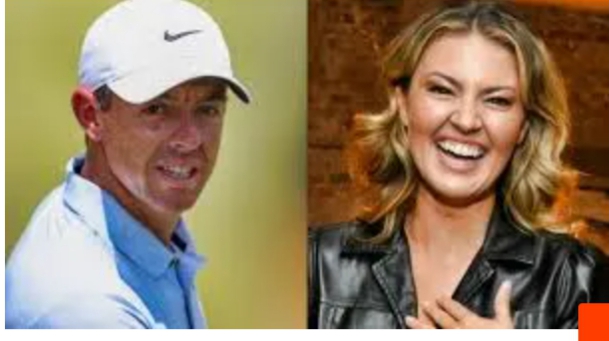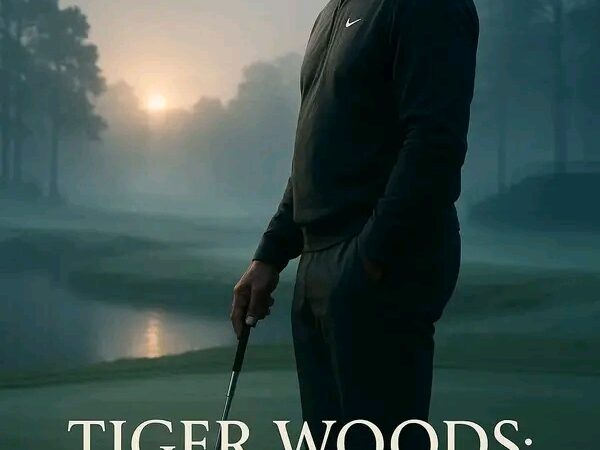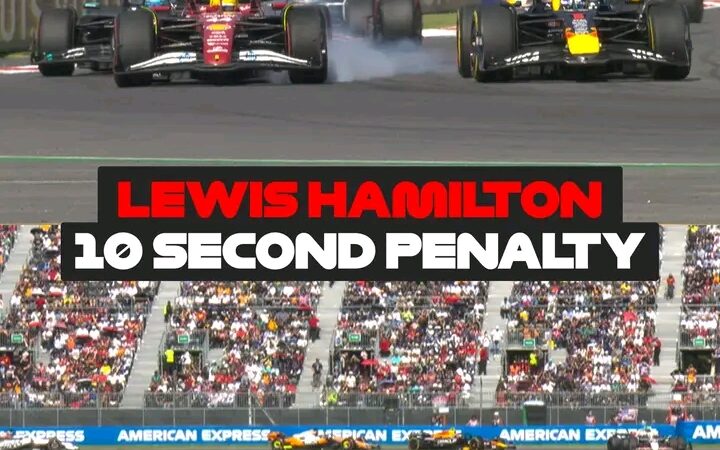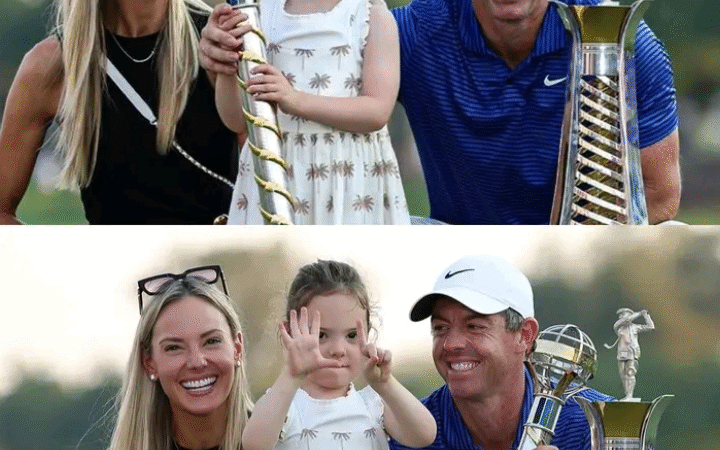Shocking recovery: In an emotional interview with CBS reporter Amanda Balionis, golf star Rory McIlroy broke down in tears as he made a sensational revelation that stunned the sports world.

Shocking recovery: In an emotional interview with CBS reporter Amanda Balionis, golf star Rory McIlroy broke down in tears as he made a sensational revelation that stunned the sports world.
Shocking recovery: In an emotional interview with CBS reporter Amanda Balionis, golf star Rory McIlroy broke down in tears as he made a sensational revelation that stunned the sports world. Macilra, who has been reported, has always failed the recent PGA ban, has shown that her years of success were built on lies and deceptions.
He admitted that he had secretly fought with dependence on pain relievers and steroids, using them to climb to the top of the golf world. Tom Watson: What is most important in a short game, plus my training number 1.
For some professional golf players, their best year is their most advantageous, but for Tom Watson it was a season, he captured two main championships, withdrawing Jack Niclaus – both.
In the same year, 1977, Watson defeated Niklyas in the masters and in the open championship and finished the 10 best in the two other specialties of the year. He was awarded the PGA Player of the Year, a title he received from Nicklaus. Watson’s big season seemed to ignite his game and give him the momentum to continue dominating the circuit for the next three years – oh, and his phenomenal short game. “The players who win in golf, whether on the PGA Tour or in your local Sunday forehand game, are the ones who have the best short game,” Watson said in a 1978 Golf Digest article.
Keys to Watson’s Short Game
In his prime, Watson had one of the best short games. In the same article mentioned above, he said success at 50 yards comes down to two keys: club selection and distance awareness.
“When selecting your clubs, you want to use more loft on the downhill and less loft on the uphill,” Watson says. “Knowing distance involves knowing how far the ball will roll. Typically, you can expect to carry the ball a third of the way to the target and let it roll the last two thirds,” Watson said. “But that can vary depending on the club you have in your hands, the texture of the green surface, the amount of green with which you should work and the length of the blow.”
Watson also revealed several rules for a fight to restore Green, one of which was the point. “It simply means the desire of the green point, where you want the ball to land, and let it run from there to the goal,” said Watson. “This is something I practiced as a kid, and I think it’s the best way to practice mindfulness remotely.”
Watson said she practices with her trusty point drill.
Favorite training exercise: “Try to hit the hole four or five strokes from a certain distance with a certain club. Be careful where each ball landed and its proximity, it ends with the hole, “said Watson. “Then place the room on the perfect landing site and practice the ball there.”
When you accept these images, be careful where you are focusing. “Don’t just focus on this one spot, you also have to keep in mind your main goal, the cup,” Watson said. “Develop an image in your mind of the ball landing on the spot and rolling to the hole.”
“Now try the exercise from the same place with another club. Depending on the loft, you’ll land closer or farther away,” Watson said. “Train this way with different clubs and different distances. You’ll get an immediate feel for how far each club will go and how far it will take you.
“With enough practice, you’ll develop this feel instinctively on the course, and you’ll find more and more chips are within reach,” Watson said.
Access a collection of legendary tips from top players and coaches in the Golf Digest Archives.





